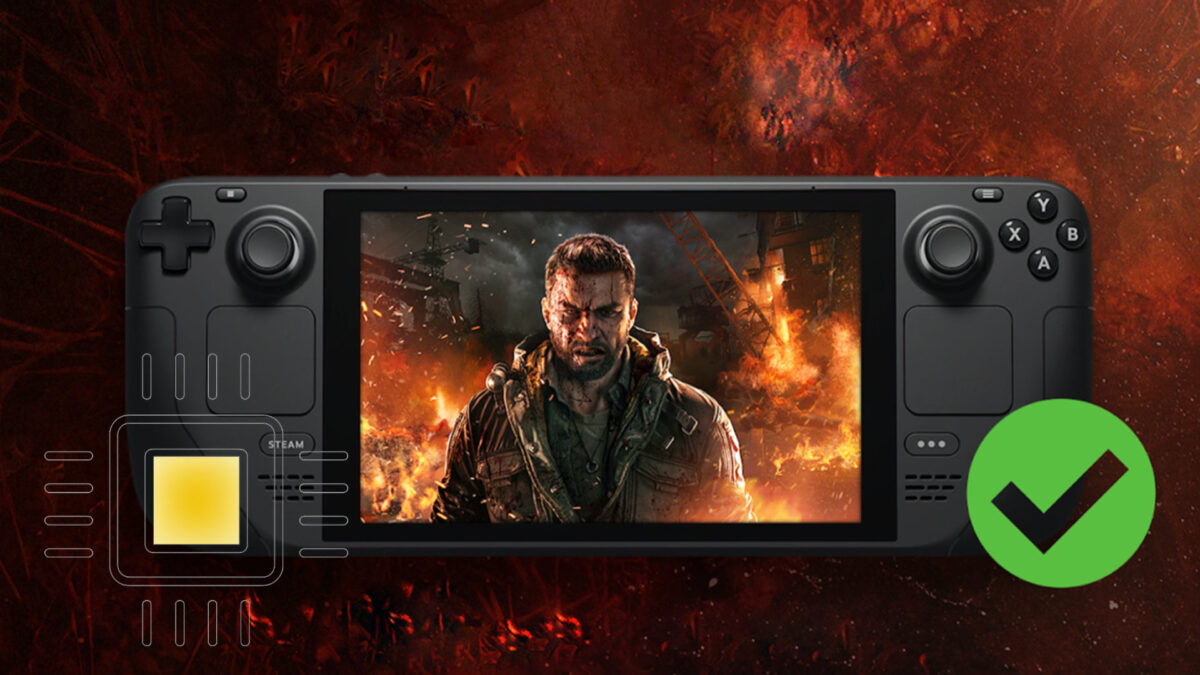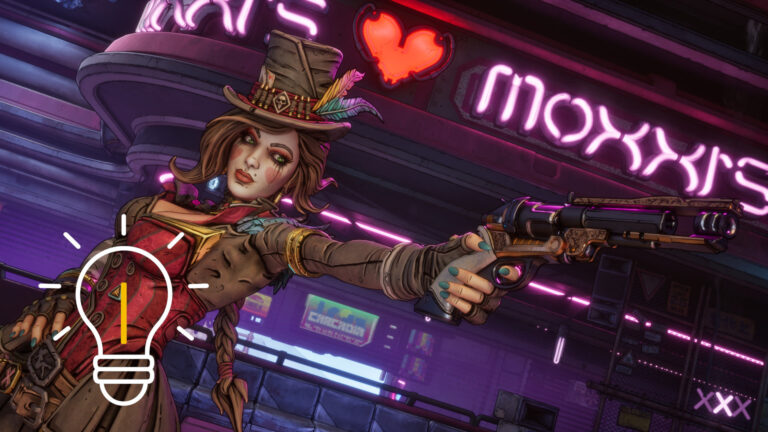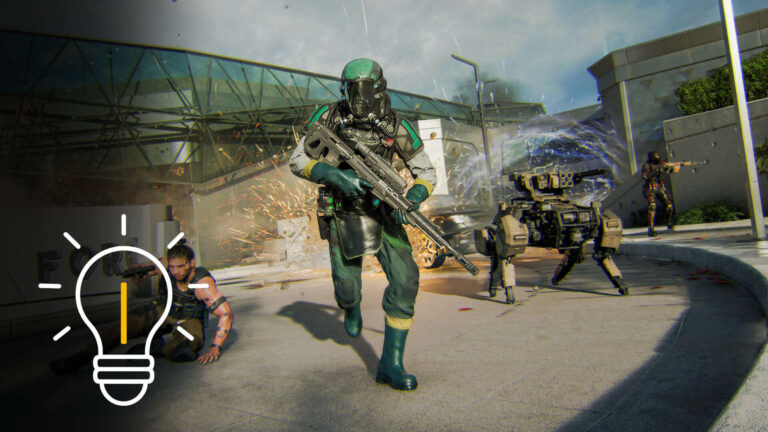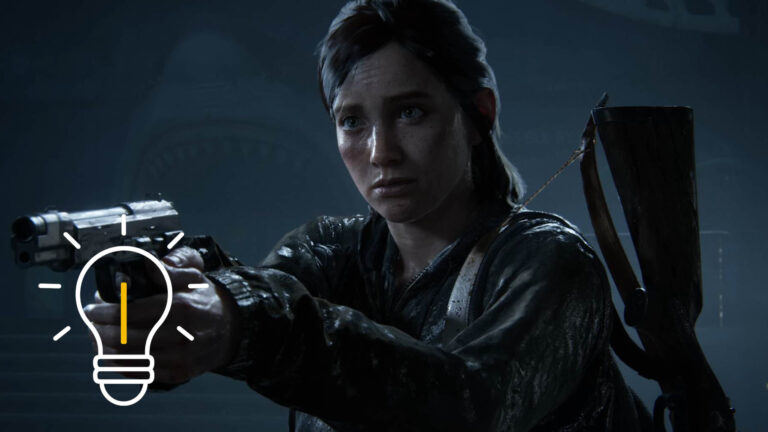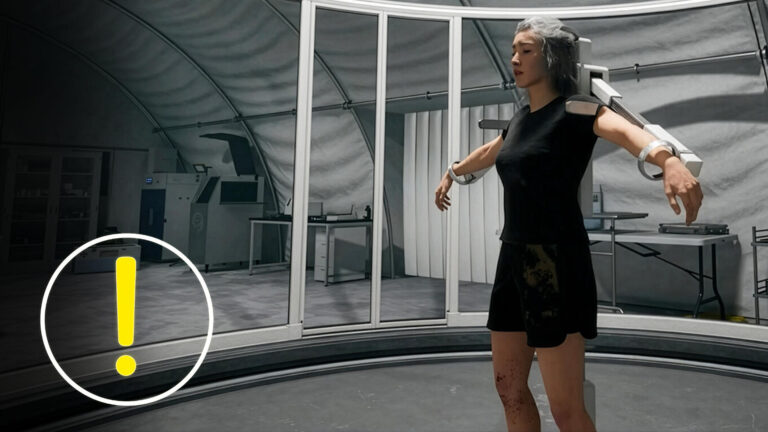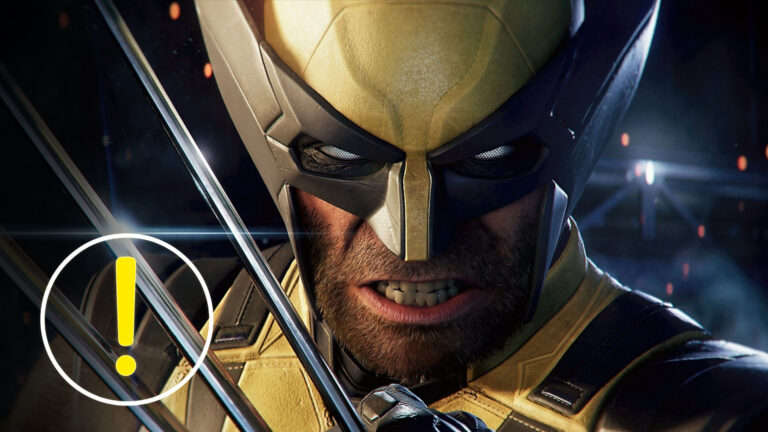Dying Light: The Beast is officially “Steam Deck Verified.” Performance is better than expected but can still be improved. Here’s how.
Dying Light: The Beast is officially rated as “Steam Deck Verified” on Valve’s handheld PC, running largely stable at around 30 frames per second. In graphically intense moments – such as large enemy groups or brightly lit outdoor areas – the framerate can dip to around 25 FPS, though the game remains consistently playable. Indoors, performance is usually steady. With a few tweaks, you can get even more out of the handheld experience.
How to Optimize Dying Light: The Beast on Steam Deck
The game’s default settings already provide decent visual quality, but fine-tuning the options can improve the experience further. At 1280 × 800 resolution, set details to low or medium. Shadows, ambient occlusion, and anti-aliasing should also be lowered to save performance. Texture quality, however, can remain on high without significant drawbacks.
Also worth reading:
A 30 FPS frame limit offers the best balance between battery life and responsiveness. For upscaling, we recommend TAU (Temporal Anti-Aliased Upscaling), which performs more efficiently on the Steam Deck than FSR 2 or 3. FSR 4 delivers a sharper image but is more demanding on resources.
Using DirectX 12 can also help, as it unlocks additional features and performs similarly to DirectX 11 – especially when combined with upscalers. If you’re into experimenting, optional plugins like Lossless Scaling can be used, but expect a slight increase in input lag.
Battery life varies heavily depending on gameplay: at medium brightness and optimized settings, the Deck usually lasts 1.5 to 2.5 hours. To save more power, reduce visual effects such as god rays, particles, and volumetric lighting.
No related articles found.

